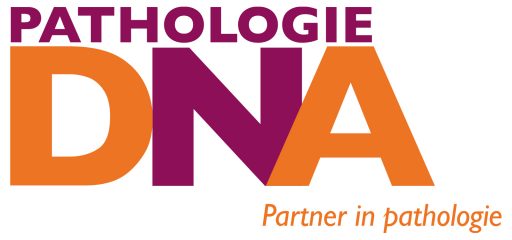Autopsy Pathology
Clinical autopsies as conducted within the DNA collaboration in the hospitals involves inspecting the exterior of the body of the deceased, followed by an internal examination. The chest and abdominal cavities are opened for this internal examination, and all organs are examined. The pathologist saves a tissue sample from each organ and abnormality, which he studies under a microscope after the autopsy (see histological testing).
In addition to establishing the right diagnosis and cause of death, autopsies also play a role in training pathologists and other clinical specialists, and it is an important quality instrument for hospitals.
Within Pathology-DNA clinical autopsies are conducted in the case of natural death, meaning that illnesses and medical causes of death are investigated. Pathology-DNA does not conduct forensic autopsies. Forensic autopsies involve a non-natural death, where the body is in police custody; forensic autopsies are exclusively conducted by forensic pathologists.
Child and fetal autopsies
It is also possible that autopsies are done on children, newborn babies, or stillborn children. In such cases it may be very important for the parents to know the cause of death of their baby or child. The result of the examination may also have consequences for the parents in the case of any future pregnancies or even for siblings or other family members if hereditary diseases are a factor. The examination that is done as part of these autopsies is similar to adult autopsies. However, because the illnesses and (birth) defects that occur in children are so different, these autopsies are conducted by pathologists who have a special expertise in this field after (additional) training. In addition to autopsies on babies and unborn children, testing their placenta is also important; in a substantial number of deaths, the cause can be found in the placenta.
Providing information and obtaining consent
A pathologist can only start the autopsy once he is certain that the next of kin have given their consent for the autopsy and that the death was natural. It is the responsibility of the requesting general practitioner or medical specialist to ask permission from the next of kin to do an autopsy. By signing the autopsy request form, they indicate that they have gotten permission (the next of kin themselves do not have to sign). Another important task of the requesting clinician is to correctly inform the next of kin about what will take place during the autopsy.
More information about autopsies for requesting clinicians and for next of kin is available in the pamphlets (in Dutch):
